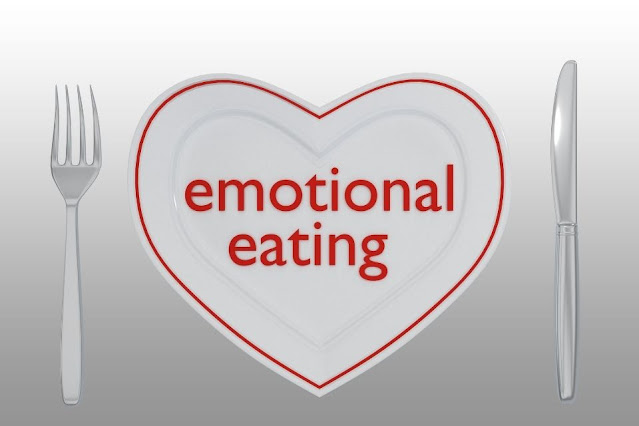If you’re one of the many chronic dieters out there, you’ve probably found that most diets don’t work. Many people experience some success with any new diet, but end up slipping back into their old habits and regain the weight they lost. Weight fluctuations—or “yo-yo” dieting—aren’t good for your health and can lead to feelings of frustration and poor body image. An alternative approach to the traditional diet is intuitive eating. With intuitive eating, you learn to listen to your own body’s needs. While the focus of intuitive eating isn’t weight loss, it helps many people create a healthier relationship with food and their bodies.
Intuitive-eating principles
Intuitive eating isn’t a strict diet or food plan, but rather a process in which you learn to become aware of your own body’s messages to meet your physical and psychological needs. There are 10 principles to the practice:
- Reject the diet mentality.
- Honor your hunger.
- Make peace with food.
- Challenge the food police.
- Respect your fullness.
- Discover the satisfaction factor.
- Honor your feelings without using food.
- Respect your body.
- Exercise – feel the difference.
- Honor your health with gentle nutrition.
These principles allow you to tune in to your body’s internal cues for hunger and fullness to determine when and how much to eat. They also offer unconditional permission to eat without rules or restrictions. In addition, you learn to eat for physical rather than emotional reasons, and to respect your body and mind. This helps you create a healthier relationship with food without following a strict diet regimen.
 My journey with emotional eating... Read More
My journey with emotional eating... Read More
Strategies to practice
Traditional diets often fail because they are so restrictive and can lead to feelings of deprivation and frustration, as well as unhealthy weight-control behaviors. However, you might wonder how intuitive eating can be healthy if you allow yourself to eat whatever and whenever you want. What’s unique about this process is that by ditching diet rules and truly tuning in to your body’s needs, you’ll be more satisfied when you do eat and less likely to overindulge. The following strategies might be helpful for those interested in implementing intuitive-eating principles.
- Try to eat when truly hungry and stop when you feel full. Use HPRC’s hunger scale to help recognize the signs of hunger and fullness.
- Avoid labeling foods as “good” or “bad.” Unless you have a food allergy, no food is off-limits.
- Remove feelings of guilt or shame when eating. The experience of eating is meant to be enjoyed.
- Recognize external cues that motivate you to eat when you’re not truly hungry. Examples might be eating when stressed, food advertising and availability, your social setting, or the time of day.
- Practice mindful eating. While different from intuitive eating, mindful eating helps you eliminate distractions and focus on the satisfaction that food provides.
Understand that intuitive eating is a process, and you can move through each of the principles in the order and pace that best fits your lifestyle.
Intuitive eating in the military
With such an emphasis on meeting height and weight requirements as well as physical fitness standards, the military might not seem like the ideal environment to practice intuitive eating. Service Members often feel pressure to follow extreme diets and work shifts that offer little flexibility to choose when to eat. These are certainly valid challenges, but because intuitive eating doesn’t operate according to a set of rules or restrictions, Service Members can incorporate the intuitive-eating principles into their lifestyle as they best see fit. Listening to your body’s needs when able can help foster a healthier relationship with food and provide a more holistic and long-term solution to chronic dieting and unhealthy eating patterns, even if you’re in the military.







